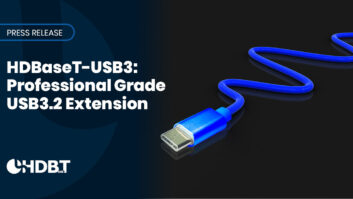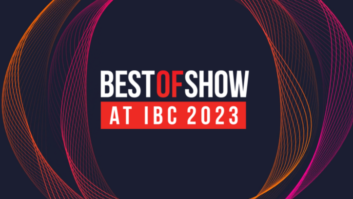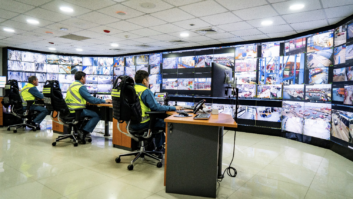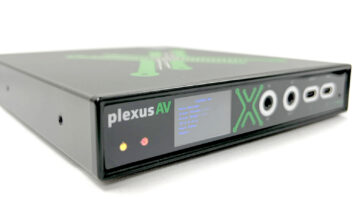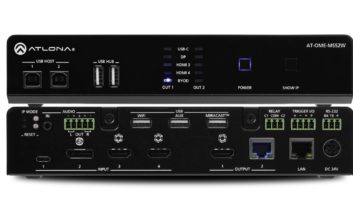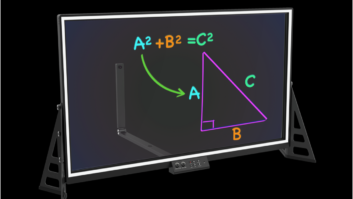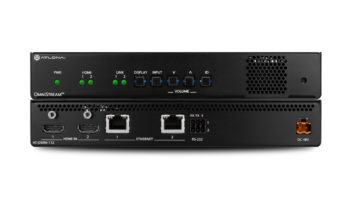CatX- and fibre-based video extenders are used widely throughout the professional AV sector. The benefits are widely known and all major manufacturers offer products to enable HD and 4K UHD video to be transmitted over long distances.
However, a feature not often found in these devices is the ability to extend USB. This is growing in importance as interactive user interfaces become more common. Touchscreens, gesture control, facial detection systems and augmented reality all rely on a USB interface. So, too, do remote kiosks, data entry terminals and receipt and voucher printers.
The facility to communicate between a computer and a remote terminal by means of a USB connection opens up tremendous opportunities. Particularly in digital signage applications where there is a growing trend to include touch capability for user response. We are all becoming more familiar with touch control, thanks to smartphones and tablets, and people expect screens of all sizes to respond to their fingers.
There are many interactive installations that use USB-equipped extenders in situations. For example, the Siemens Crystal in London has many displays with touchscreens, push-buttons and presence detectors, together with an RFID visitor interaction card system, all operated from computers housed in an energy-efficient central control room.
The concourse at Vienna Airport hosts a series of gesture-controlled videowalls throughout, with USBHID and USB 2.0 support for touch and camera interfaces. The EU Parlamentarium visitor centre in Brussels makes widespread use of remote touchscreens and tables to explain the workings of the EU Parliament.
It makes a lot of sense in this rapidly changing world to incorporate USB into remotely controlled display systems and something integrators should consider whenever they approach a new project. Even if the initial requirement is for a passive display, it is often prudent to include USB capability for potential future use.
